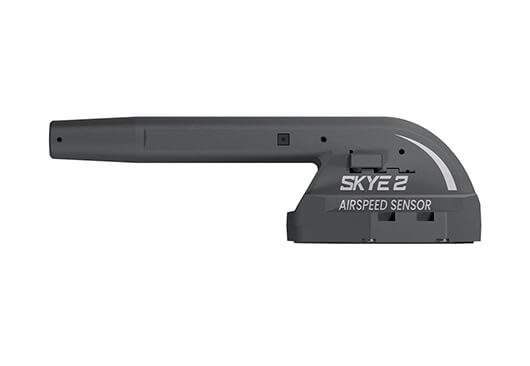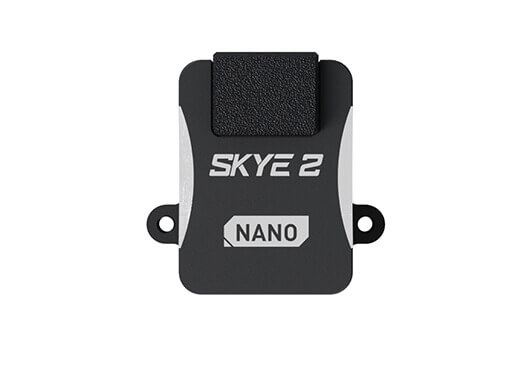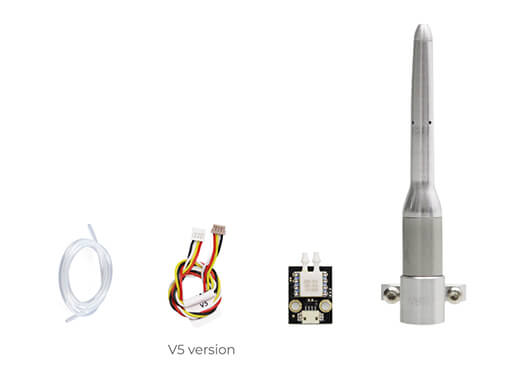UAV Airspeed Sensor
The UVA Airspeed Sensor is an ultrasonic anemometer offering accurate wind speed and direction measurement for professional applications. Using advanced ultrasonic technology, it provides reliable data with ±0.1 m/s speed accuracy and ±1° directional precision. Its solid-state design ensures durability with IP67 protection against dust and moisture. The compact, lightweight unit integrates easily into drones, weather stations, and industrial systems. With 100Hz sampling and low power consumption, it’s ideal for real-time monitoring in aviation, meteorology, and renewable energy. The sensor delivers consistent performance in harsh conditions, making it a trusted solution for critical wind measurement tasks.
The industry’s first intelligent airspeed meter with de-icing and drainage functionalities. It integrates ARM M4 processor, pitot tube, airspeed sensor, temperature and humidity sensor, and dual temperature compensation system. SKYE 2 features a new generation of M4C intelligent heating strategy and a drainage hole, which can melt the ice and drain the water to avoid data errors. The low temperature drift, high vibration resistance, and high-precision airspeed sensor can easily cope with various environmental challenges such as coldness, fog, and rain. A new generation of linear structure design helps reduce wind resistance. Adopts DroneCAN protocol, supports open-source platforms such as ArduPilot and is suitable for various Unmanned Systems models.
SKYE 2 NANO utilizes a dual-wafer technology DLVR airspeed sensor, which has high accuracy and linearity and can support airspeed measurement up to 226.8km/h, meeting the needs of most application scenarios. The self-developed M4C architecture supports the DroneCAN protocol and is perfectly compatible with the APM/PX4 platform. The airspeed sensor adopts an aluminum alloy shell, which is sturdy and durable.
The MS4525 Airspeed Sensor is an airspeed measurement module launched by CUAV for fixed-wing aircraft or vertical take-off and landing aircraft. It measures the relative speed between the Unmanned System and the air, which can help the Unmanned System avoid stalling in windy conditions. It is an indispensable component for fixed-wing and vertical take-off and landing aircraft.
How to Distinguish Between Different Airspeed Sensor
CUAV Products | SKYE 2 | SKYE 2 NANO |
| MCU | STM32F4 | STM32F4 |
| Protocol | DroneCAN | DroneCAN |
| Sensor | SM5391 | DLVR_L10D |
| Measurement Speed | 0 ~ 381.6 km/h | 0 ~ 226.8 km/h |
| Accuracy | ±1%FS | ±1% |
| Temperature Measurement | -20 ~ +125 ℃ | / |
| Heater | Resistive heating × 2 | / |
| Humidity Measurement | 0-100 % | / |
| Operating Voltage | 18 ~ 68 V | 4.74 ~ 5.3 V |
| Size | 102 × 28.2 × 30.5 mm | 32 × 23 × 16.5 mm |
| Weight | 26.1 g | 15 g |
| Protection Level | IP54 (This can only be achieved after installation as required) | / |
| Controller | ArduPilot / PX4 | ArduPilot / PX4 |


